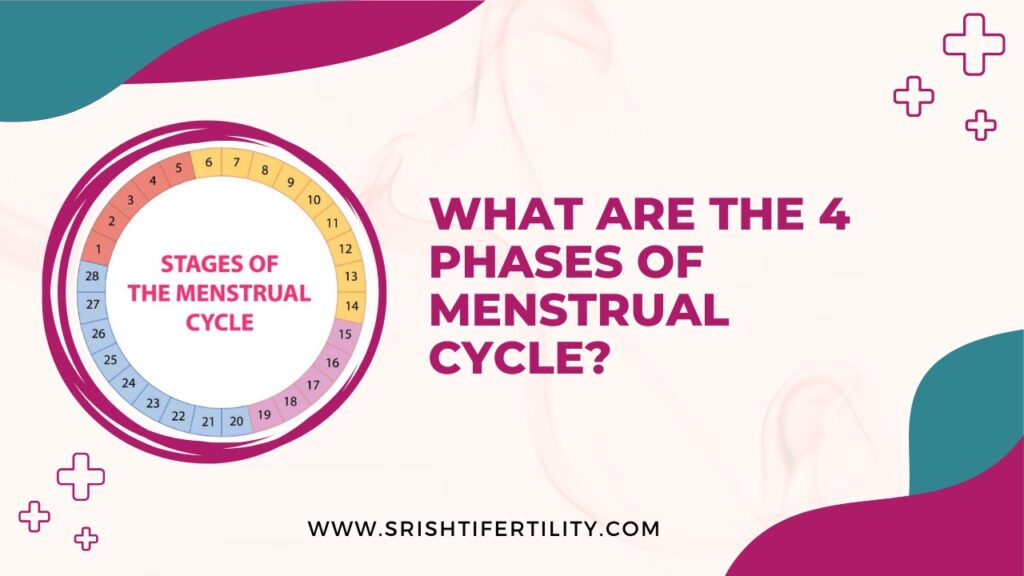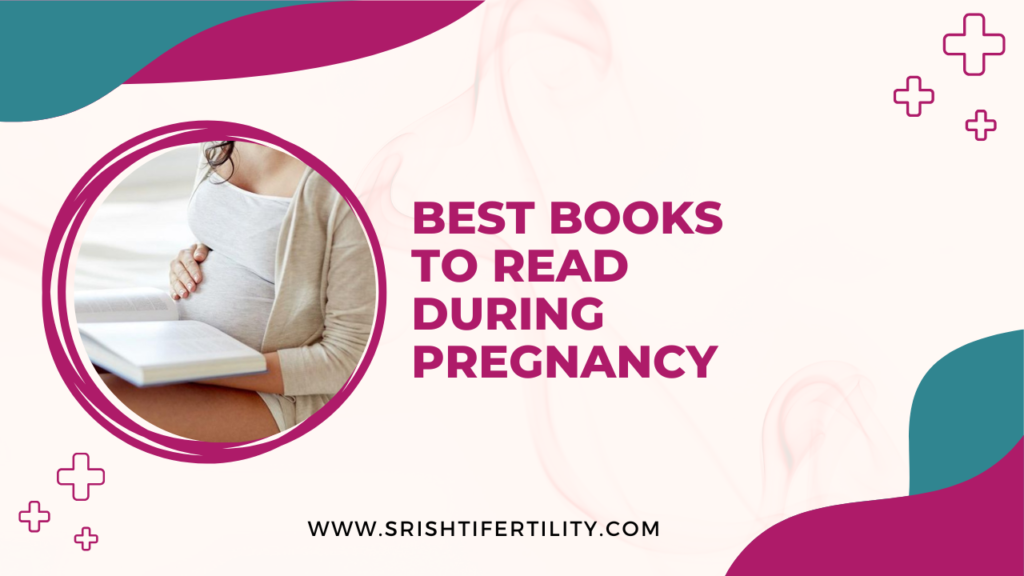Periods are a natural part of every woman’s life, but sometimes the timing can feel unpredictable. For many women experiencing irregular cycles or menstrual pain, the quest for a solution often leads to exploring natural methods—like targeted exercise—to help regulate the cycle. In this post, we delve into the exercise to get periods immediately, uncovering why movement matters and which activities might just give your body the gentle nudge it needs. Have you ever tried using exercise as a way to regulate your cycle? Share your experiences in the comments below! Understanding Your Menstrual Cycle The menstrual cycle is a finely tuned process, governed by a delicate balance of hormones. Variations in stress, diet, and overall lifestyle can impact this balance, sometimes leading to delayed or irregular periods. While many factors can contribute to these changes, physical activity is one of the natural tools that may help maintain regularity. When your body experiences consistent exercise, it helps regulate the production and balance of hormones like estrogen and progesterone. These hormones are crucial for the menstrual cycle, and even small shifts in their balance can sometimes kickstart the process. However, it’s important to remember that every body is different, and what works for one person might not work for another. How Exercise Influences Your Cycle Exercise has long been recognized for its numerous benefits, from reducing stress to boosting overall circulation. Here’s how it can potentially impact your menstrual cycle: 1. Improved Blood Circulation Engaging in physical activity increases blood flow throughout the body, including the pelvic region. This enhanced circulation can help stimulate the uterus and may signal the body to initiate menstruation. Think of it as gently “waking up” your reproductive system. 2. Hormonal Regulation Moderate exercise can help balance your endocrine system, which is responsible for hormone production. By maintaining a balanced hormone level, you may find that your cycle becomes more predictable. Certain activities, especially those that are low-impact, can promote a natural rhythm without overwhelming your body. 3. Stress Reduction High levels of stress are known to disrupt the menstrual cycle. Regular physical activity, such as yoga or brisk walking, helps lower stress hormones like cortisol. With reduced stress, your body may be better equipped to maintain regular hormonal cycles, potentially triggering your period when it’s delayed. Interactive Poll: Which exercise has helped you manage your menstrual cycle best? Best Exercises to Get Periods Immediately While there is no guaranteed “magic” exercise that works for everyone, certain activities have been noted for their potential to support menstrual health. Here are some exercises that might help encourage the onset of your period: 1. Yoga Poses Yoga is renowned for its calming benefits and its ability to stimulate various parts of the body. Consider incorporating the following poses into your routine: 2. Brisk Walking A simple brisk walk can be incredibly effective. It’s low-impact and accessible to most women, and it helps stimulate the body’s natural rhythms. Aim for a 30- to 45-minute walk at a comfortable yet purposeful pace. The key is to maintain consistency so that your body starts to recognize and respond to the routine. 3. Pelvic Floor Exercises Targeting the pelvic floor can be beneficial for enhancing blood flow in the lower abdomen. Kegel exercises, for example, help strengthen the muscles in this area, which can contribute to a more regulated cycle. To perform a basic Kegel exercise, contract your pelvic muscles as if you’re trying to stop urinating mid-flow, hold for a few seconds, and then relax. Repeat this sequence multiple times throughout the day. Follow along with our short video demonstration of these yoga poses and pelvic floor exercises. Let us know which routine feels most effective for you! Additional Lifestyle Factors While exercise is a powerful tool, it works best when paired with a healthy lifestyle. Here are some additional tips to support your menstrual health: Nutrition A balanced diet rich in fruits, vegetables, whole grains, and lean proteins can contribute to hormonal balance. Certain nutrients, like magnesium and vitamin B6, play a role in reducing menstrual pain and supporting a healthy cycle. Incorporate foods such as leafy greens, nuts, and fish into your diet for added benefits. Hydration Staying well-hydrated is essential for overall health. Drinking enough water helps regulate bodily functions and can alleviate some symptoms of menstrual discomfort. Aim for at least eight glasses of water a day, and consider herbal teas that are known for their calming properties. Sleep and Stress Management Adequate sleep is crucial for maintaining hormonal balance. Poor sleep patterns can exacerbate stress, further disrupting your menstrual cycle. Establish a regular sleep routine and consider mindfulness practices such as meditation or deep-breathing exercises to help reduce stress levels. Managing Menstrual Pain Many women experience menstrual pain, which can range from mild discomfort to more severe cramping. Exercise is one natural way to help manage this pain, but combining it with other self-care strategies can be even more effective. Self-Care Strategies When to Seek Professional Guidance While exercise and lifestyle adjustments can offer significant benefits, it’s important to recognize when professional help is needed. If you experience severe menstrual pain or notice a significant change in your cycle, consulting a healthcare provider is a smart next step. For those in the Jaipur area, Dr Mamta Gupta is a trusted gynaecologist in Jaipur who specializes in women’s health. She can offer personalized advice and, if needed, recommend further treatment options. Additionally, for those facing fertility challenges, she can guide you to the best IVF centre in Jaipur, Srishti Fertility and IVF Centre, ensuring you receive comprehensive care tailored to your needs. Q&A Corner: Have questions about your cycle or need advice on managing menstrual pain? Drop your questions below, and our experts will be happy to help! Integrating Exercise Into Your Daily Routine To see real benefits, consistency is key. Here are some practical tips to help you integrate these exercises into your daily life: 1. Set a Routine Create a daily or weekly schedule






